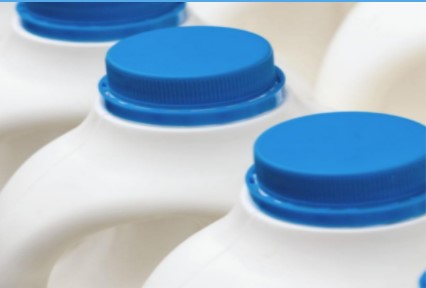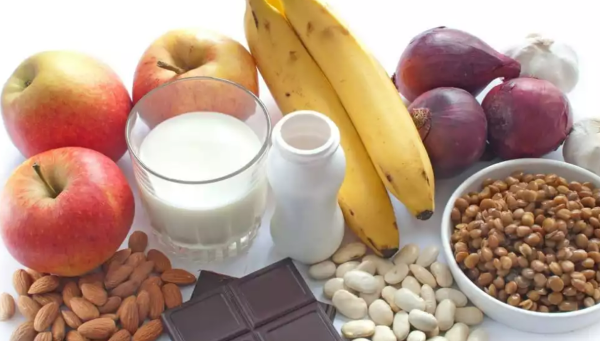News
Why Milk and Antibiotics Don't Mix?

Why Milk and Antibiotics Don't Mix?
It’s not just milk — there are many other foods that can interfere with antibiotics, as well as other drugs.
In order for oral antibiotics to be effective, they must be absorbed from the gastrointestinal tract, make their way into the bloodstream, and be delivered to the infected area. Many factors influence the body’s ability to accomplish this feat, including the relative acidity of the stomach, the presence of fat or other nutrients in the stomach, and whether certain elements such as calcium are present. The classic family of antibiotics that cannot be taken with milk are the tetracyclines, because the calcium in the milk binds the antibiotic and prevents gut absorption.
For most antibiotics, food results in either a decrease in absorption or has no effect. However, some antibiotics are actually better absorbed when taken with food, and it is recommended that others be taken while eating, because the food does not have a significant impact on absorption and may decrease any potential stomach upset from the drugs.
It is very important to follow the directions on the prescription bottle, because pharmacists are the experts in these interactions. Not following directions may result in the antibiotic failing to cure the infection.
The Best Foods to Eat While Taking Antibiotics
Good news: certain foods support good bacteria levels in your body.These are the best foods to eat while taking antibiotics. By eating them, you reduce or eliminate the side effects common to antibiotic treatment.
Most of these contain either probiotics or prebiotics.
A few of the most common foods to eat while taking antibiotics include:

2. Probiotics: — Like prebiotics, probiotics feed good bacteria, helping them to grow and flourish. Good sources include supplements, kefir, yogurt, and milk.
3. Yogurt and Fermented Milk — Both yogurt and fermented milk (kefir) increase the presence of Lactobacilli (a critical element of digestion) in the intestines. They also significantly curb overflow of bad bacteria at the same time.
4. Kimchi and Fermented Soy Products — Kimchi and fermented soy products are loaded with probiotics and prebiotics. They’re also rich in another digestion-critical bacteria called Bifidobacteria.
5. Foods High in Vitamin K — Antibiotic treatment can rarely lead to Vitamin K deficiency which may contribute to bacteria imbalances. Get more K by ingesting leafy green vegetables, cauliflower, liver, and eggs.
6. Coconut Oil — This medium-chain triglyceride contains fatty acids, which may help to reduce your risk of developing an antibiotic-related yeast infection. If you’re female, this will be especially helpful to you!
CATEGORIES
LATEST NEWS
CONTACT US
Mobile:+86-18612182039
Tel:+86-029-85274126
Whatsapp:+8618612182039
Email:info@watarbio.com
Add:No. 12, Hongzhuan South Road, Yanta District, Xi’an 710061, China
